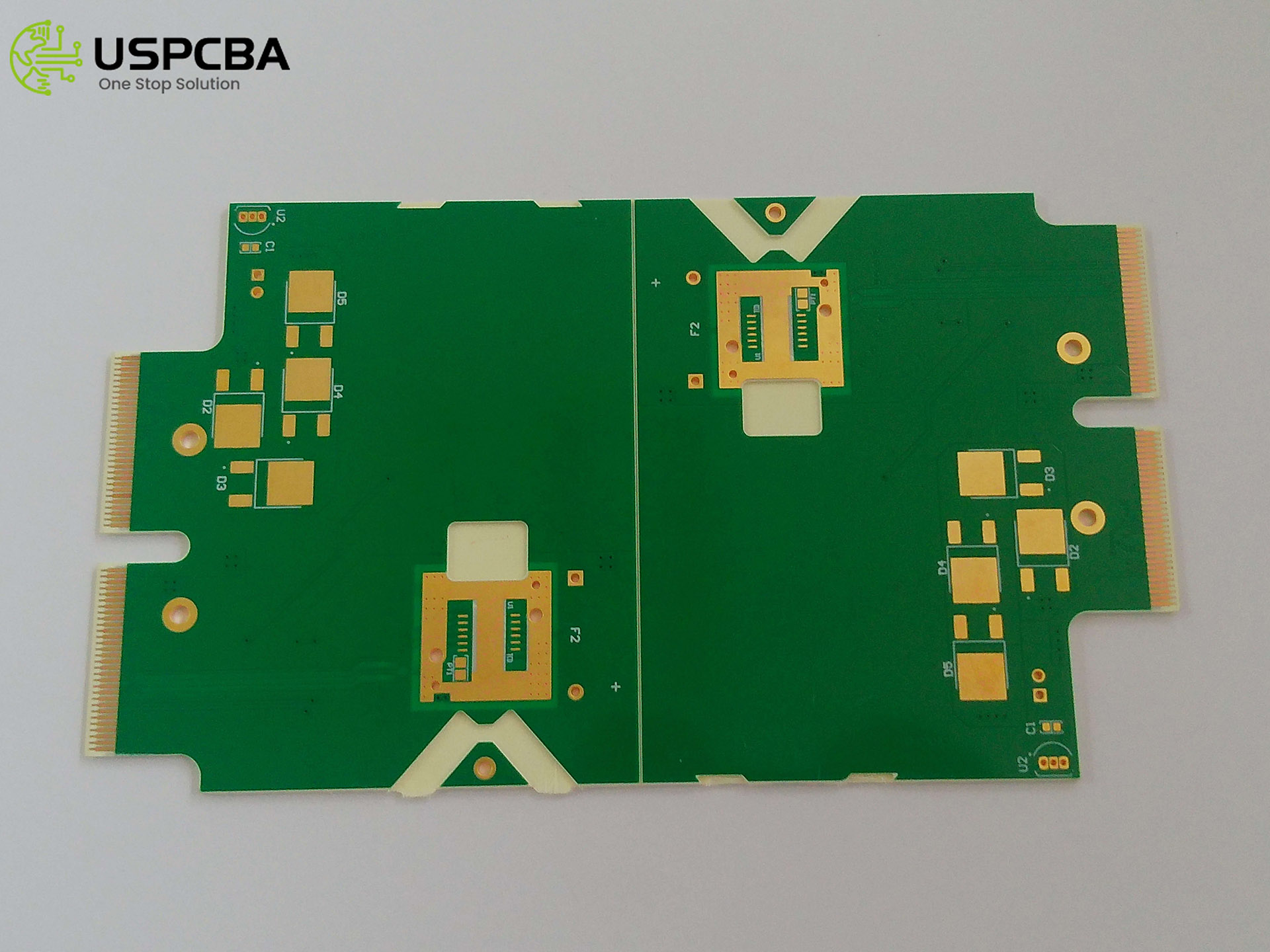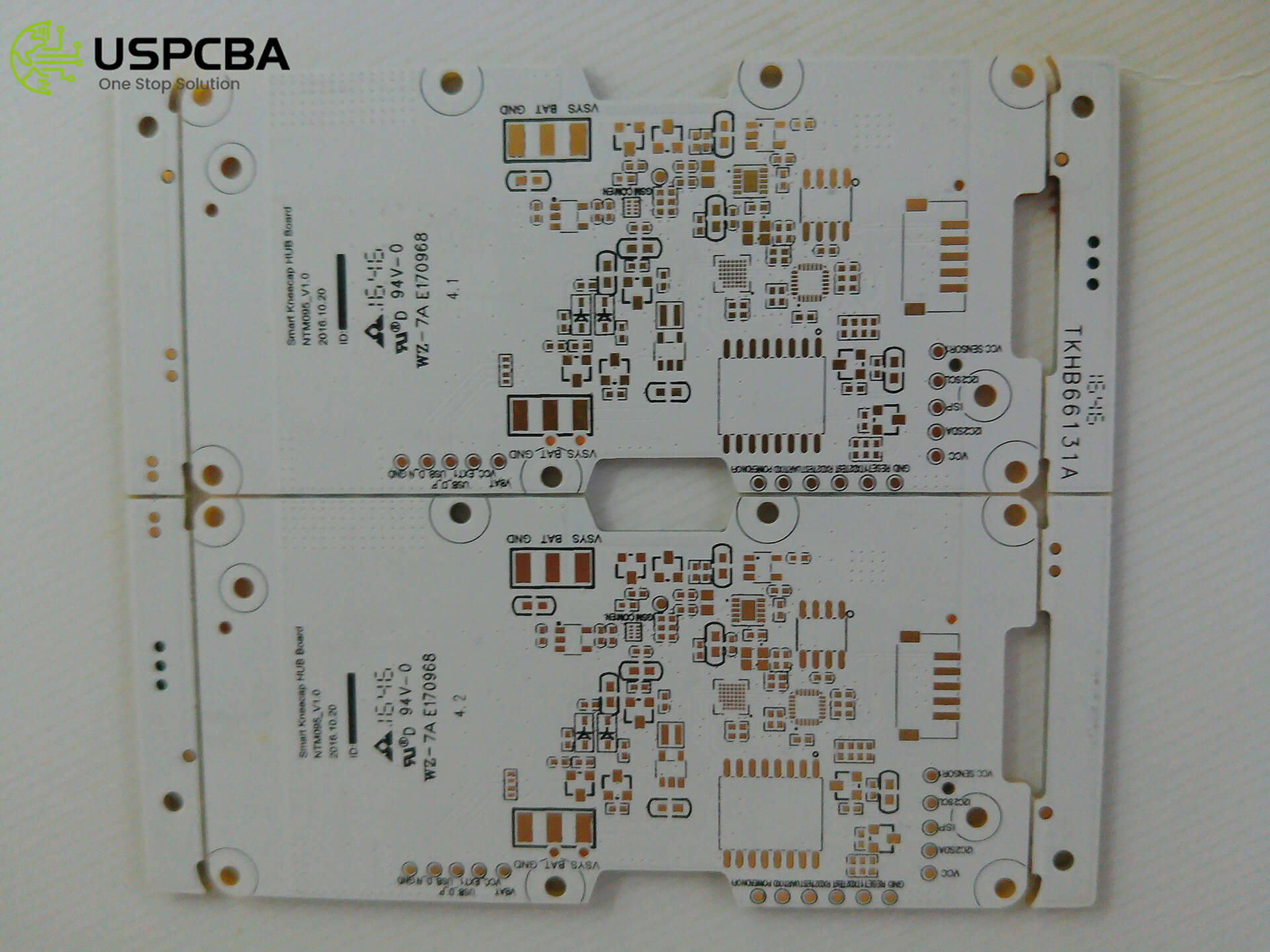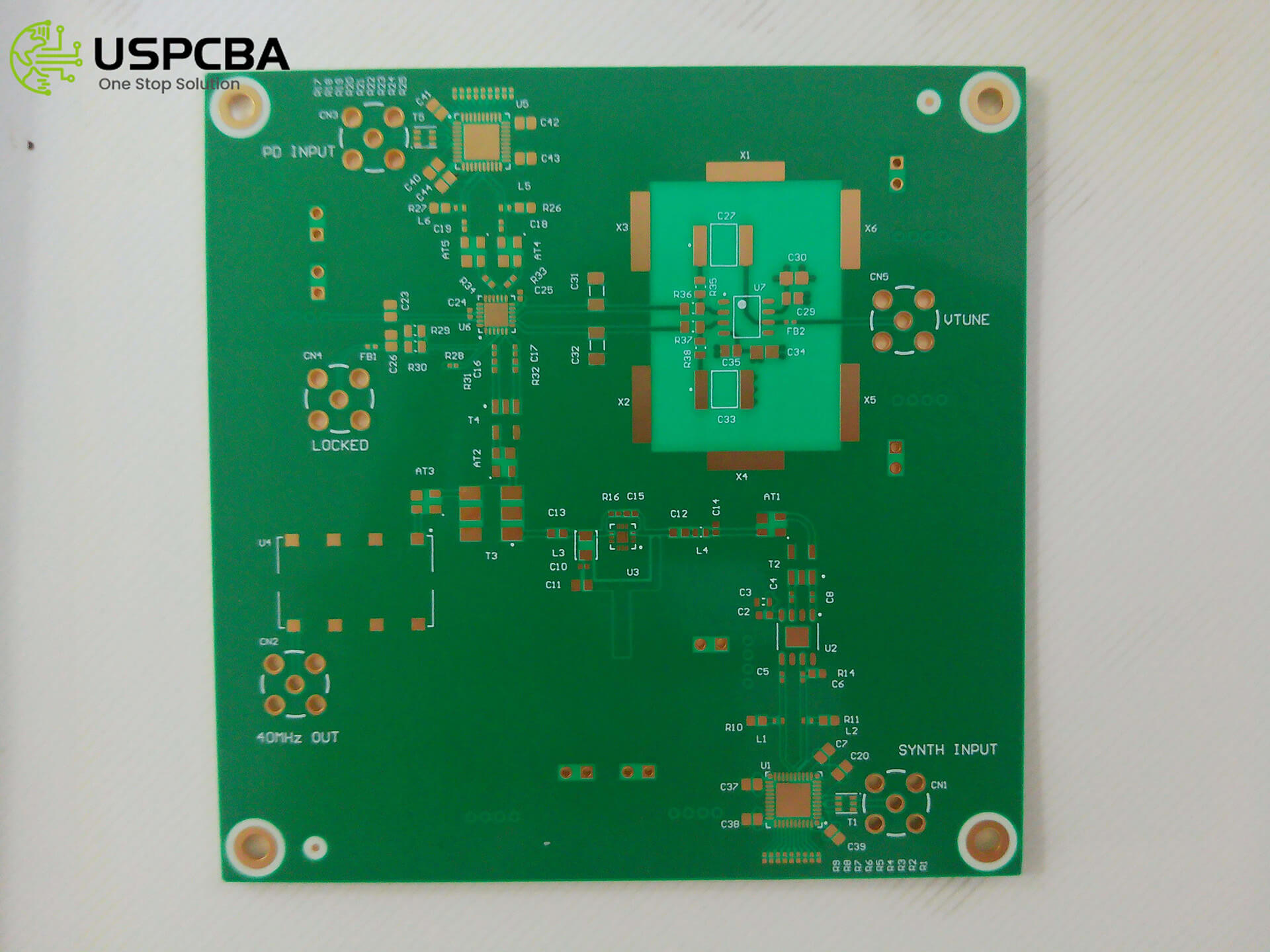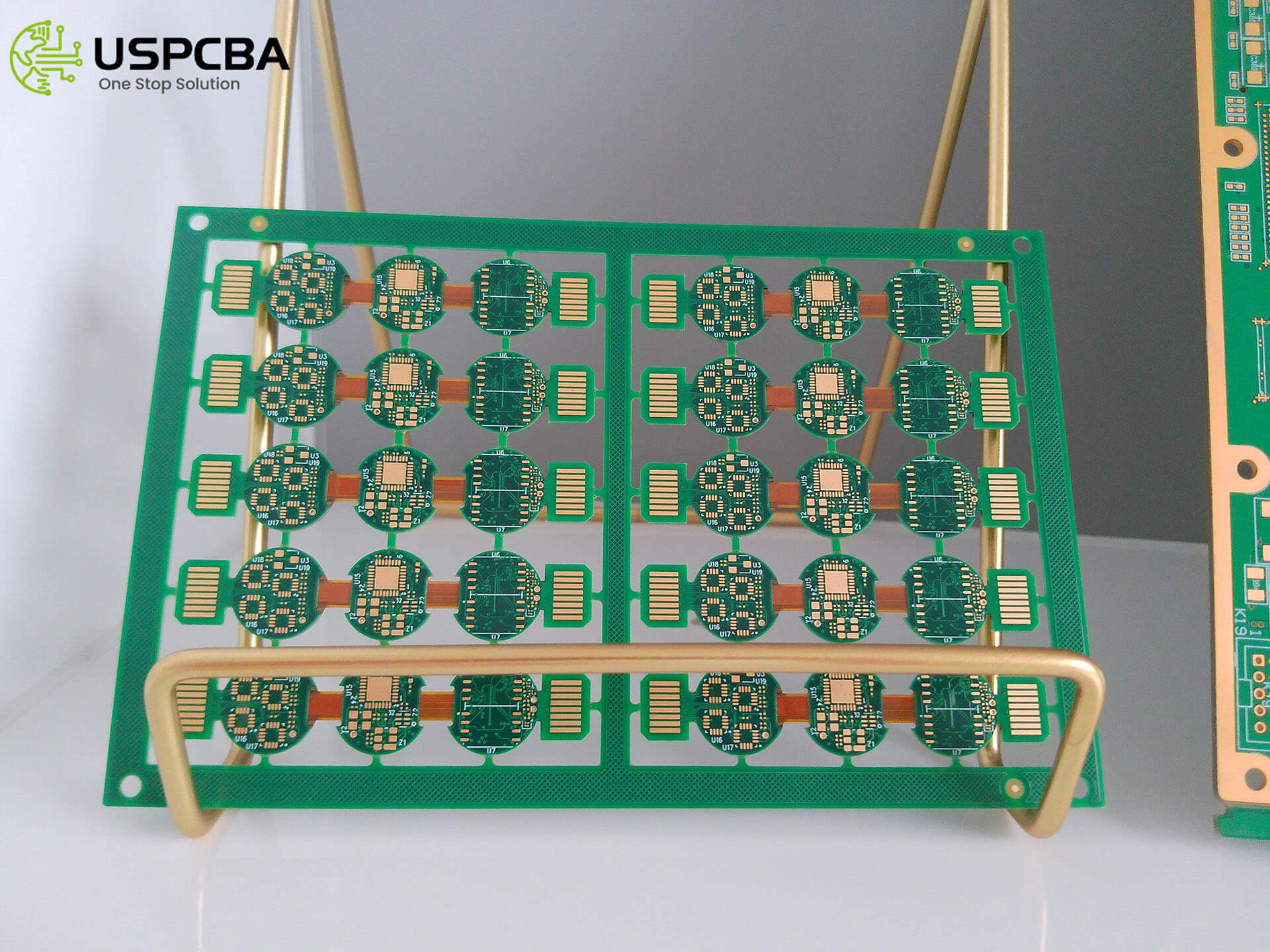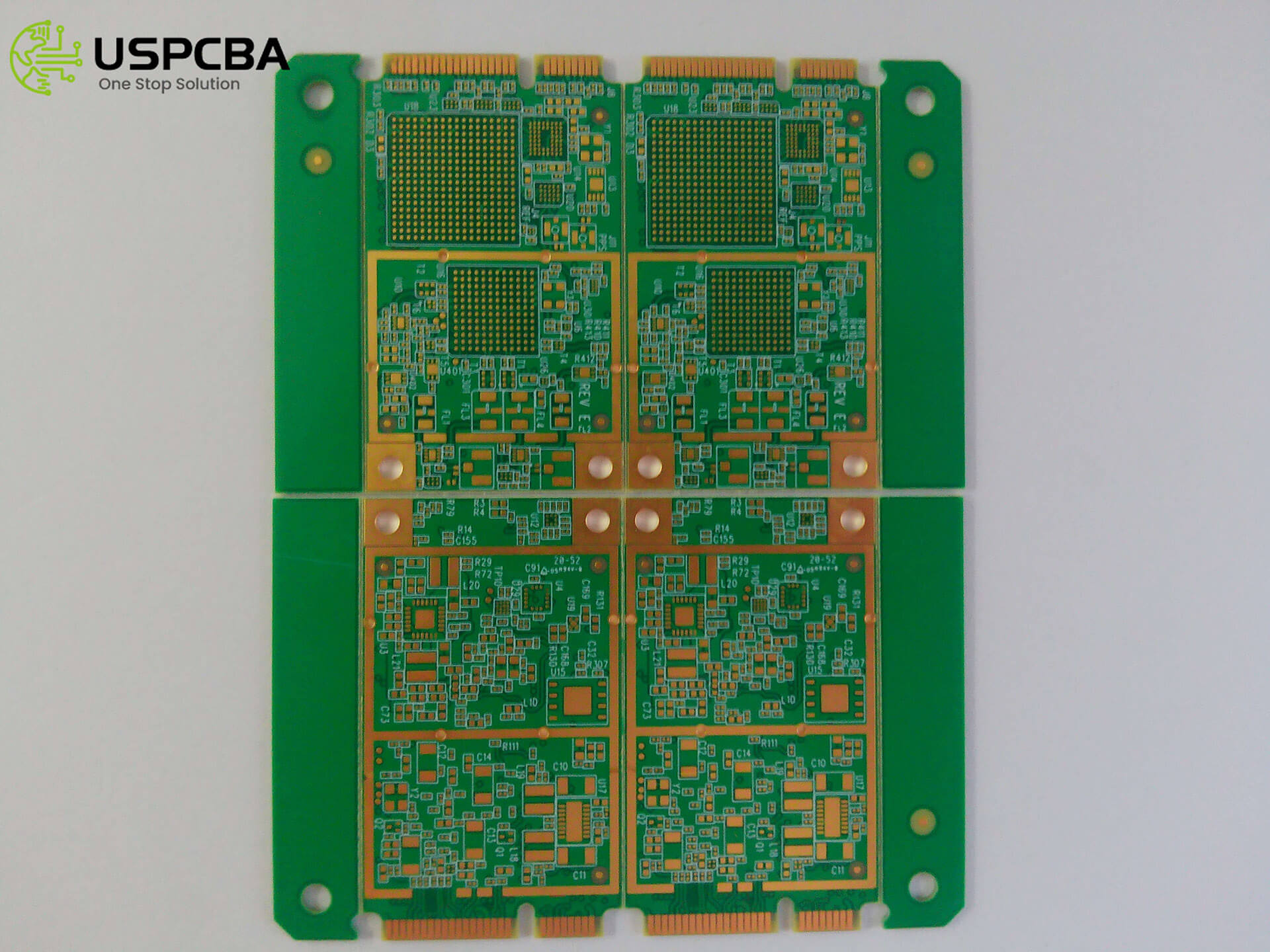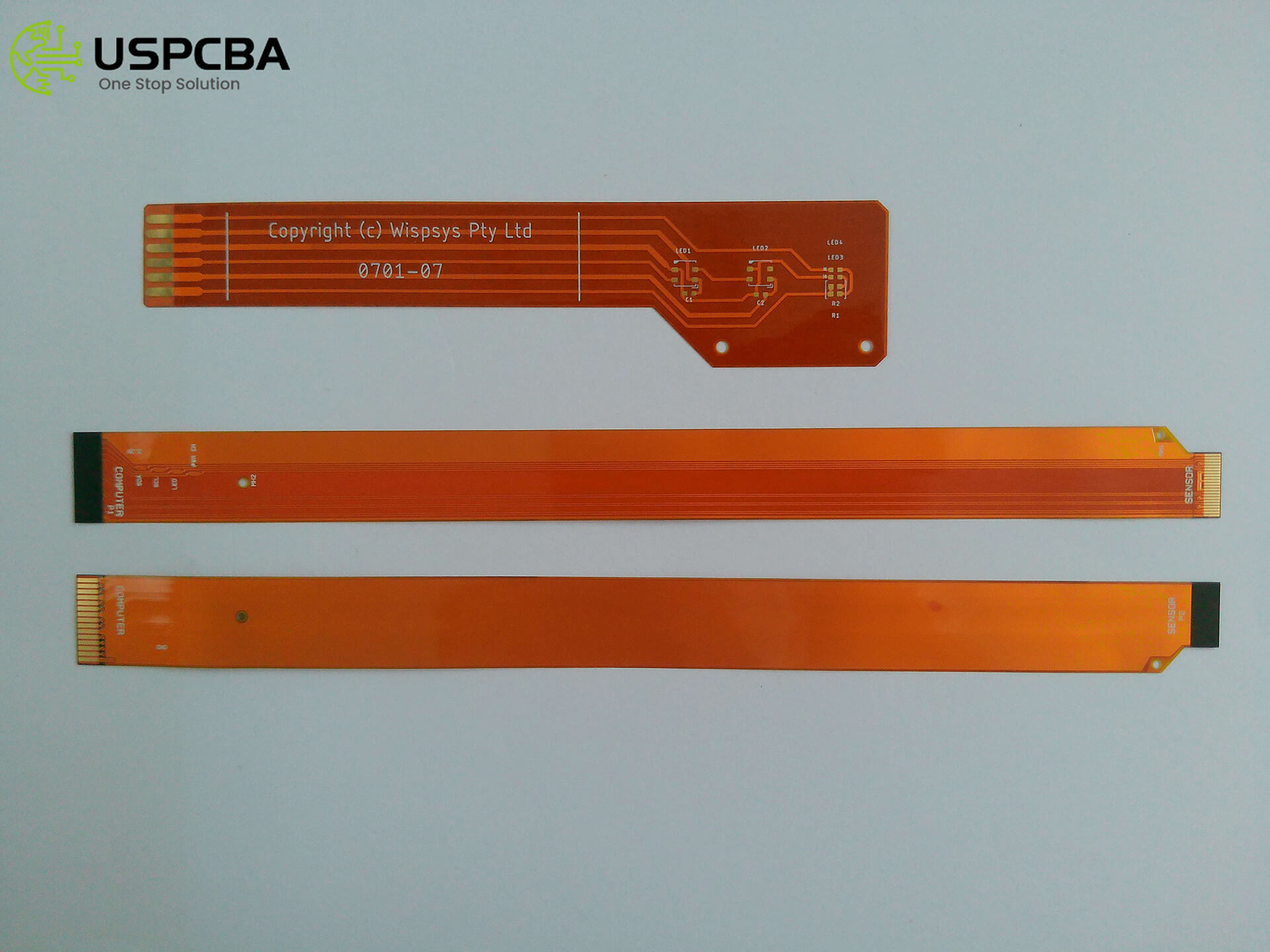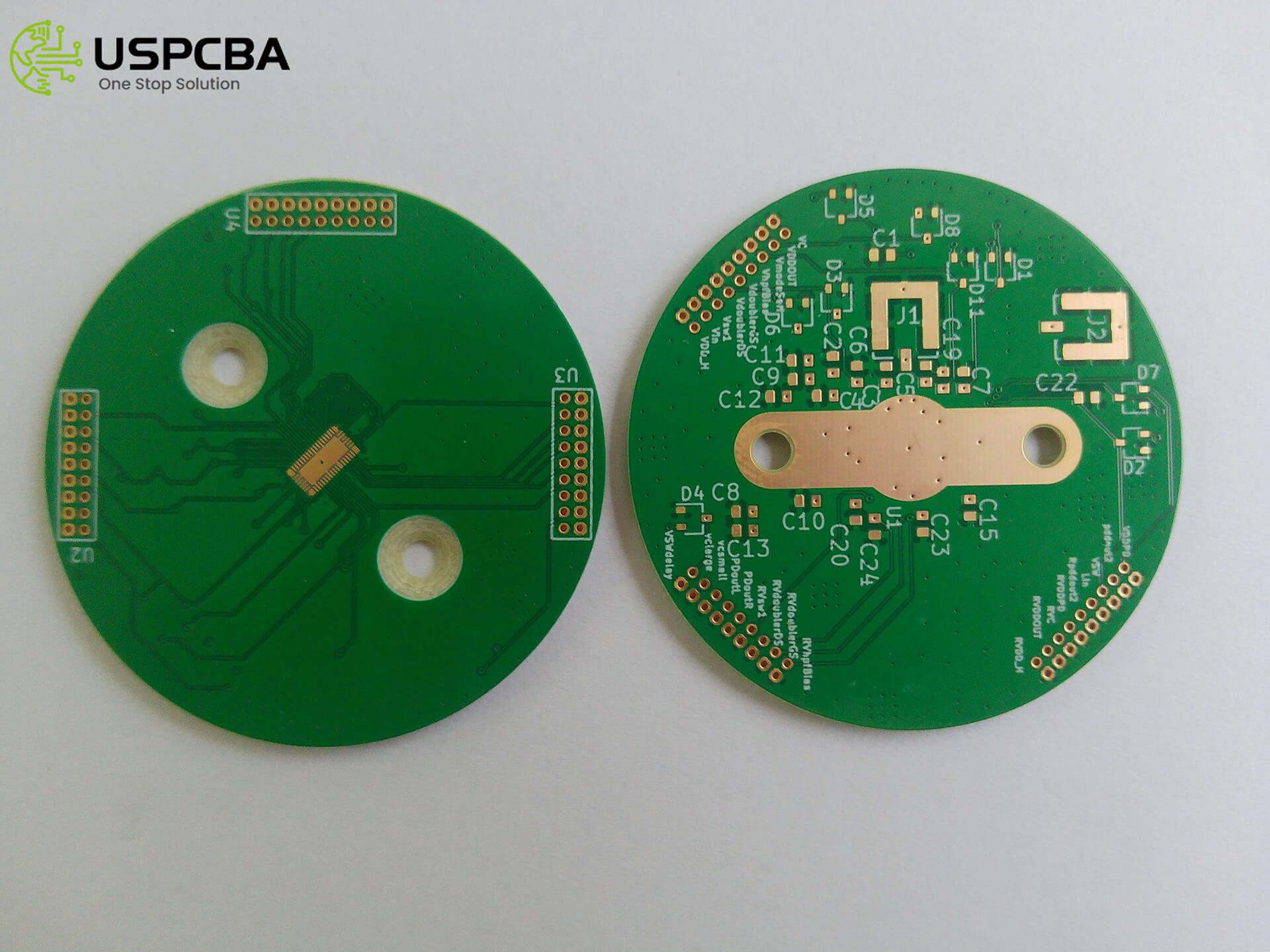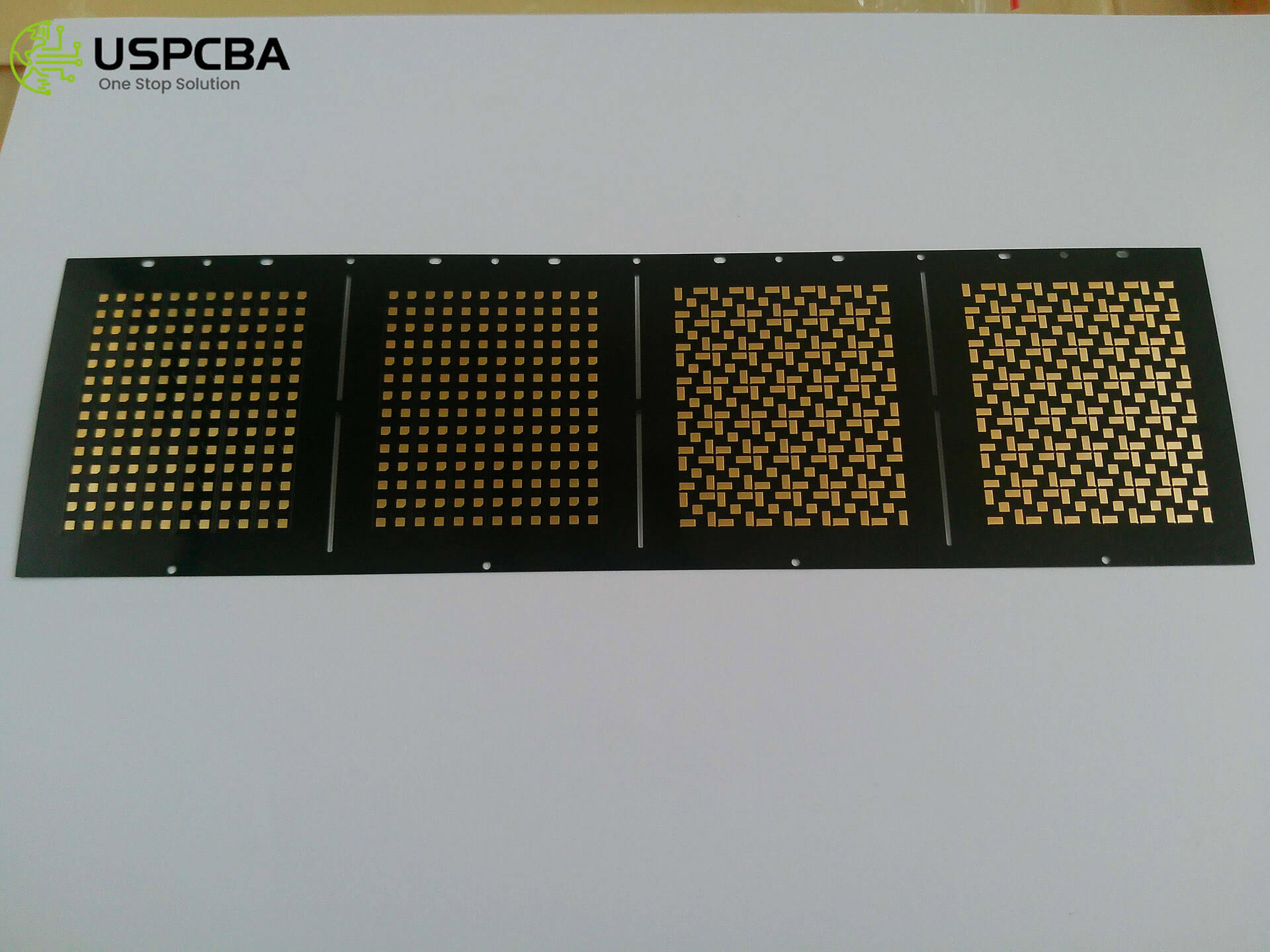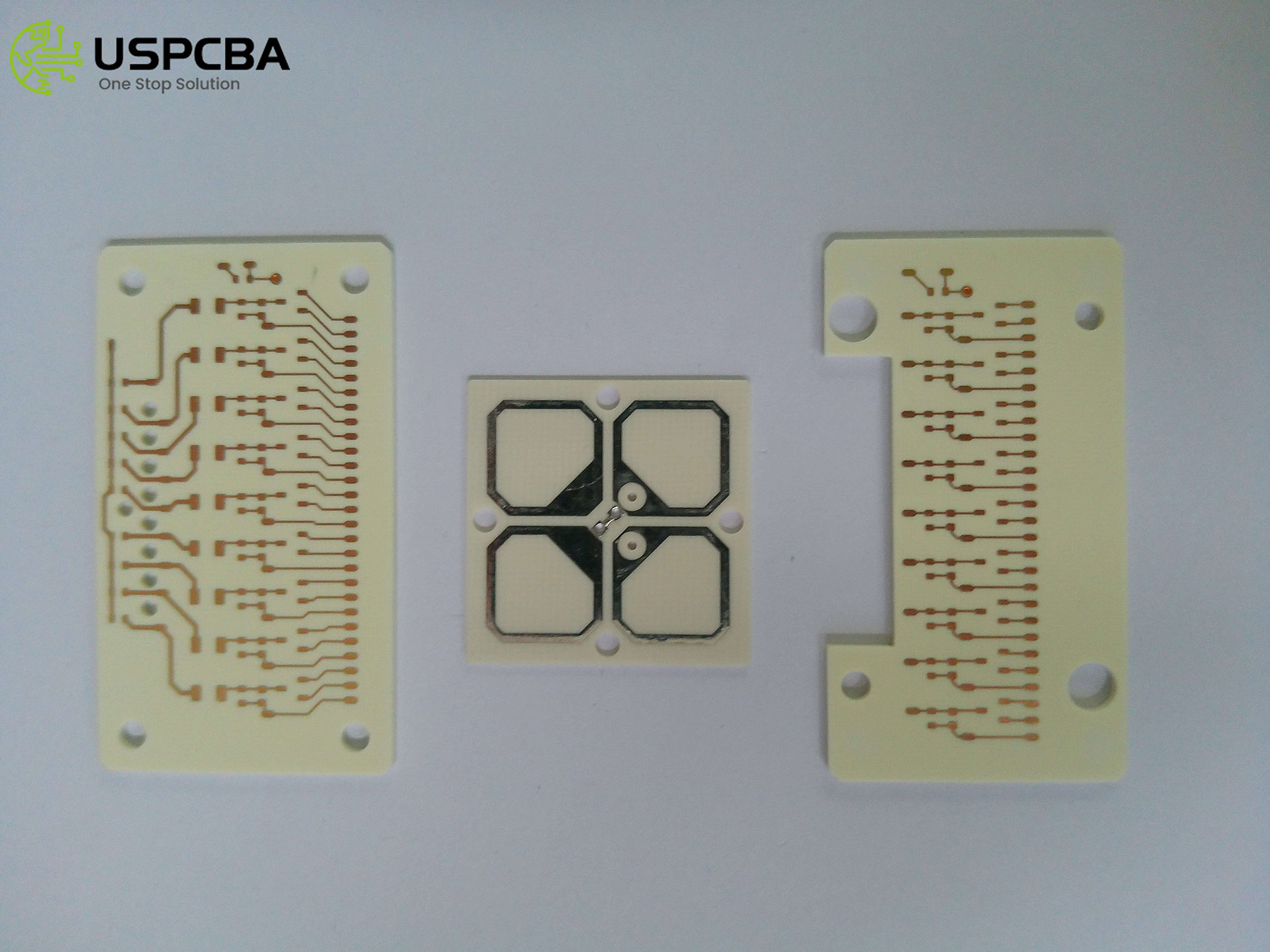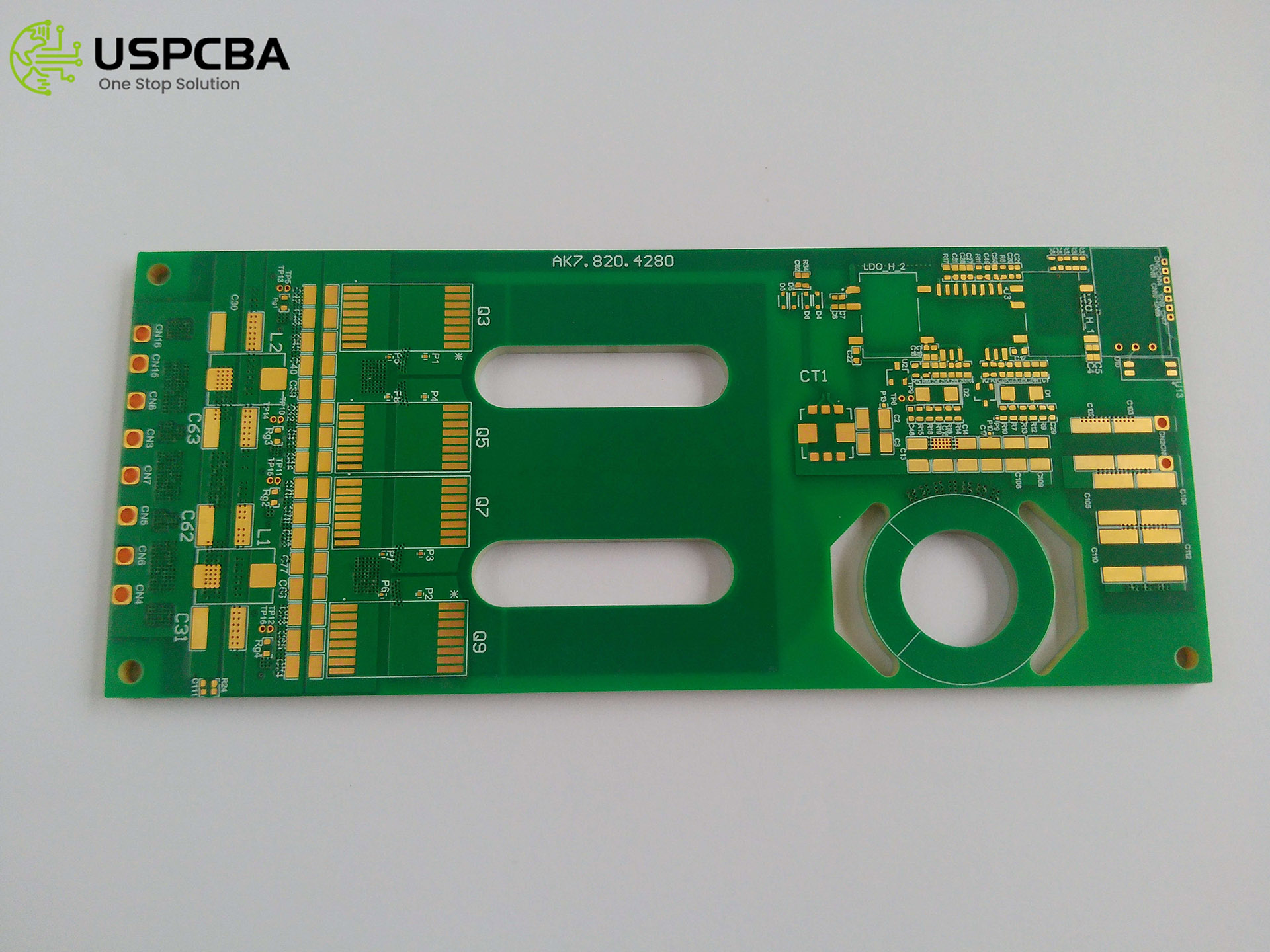CEM-1 CEM-3
CEM-1 PCB material is one of the substrates of the printing circuit board. It is widely used in single-sided PCB, which will greatly reduce design costs.
Application: Consumer electronics field
Characteristic: Min. width/space: 4/4mil, Aspect ratio:12:1
Material: FR4, 94V-0, RoHS
PCB Layer: 6 Layers
Thickness: 1.6mm
Copper thickness: 1oz - 2oz
Surface finished: Immersion gold (2u")
Solder Mask: Green
IPC Standard: IPC 600 Class 2 & Class 3
Testing: AOI Inspection & 100% E-test
